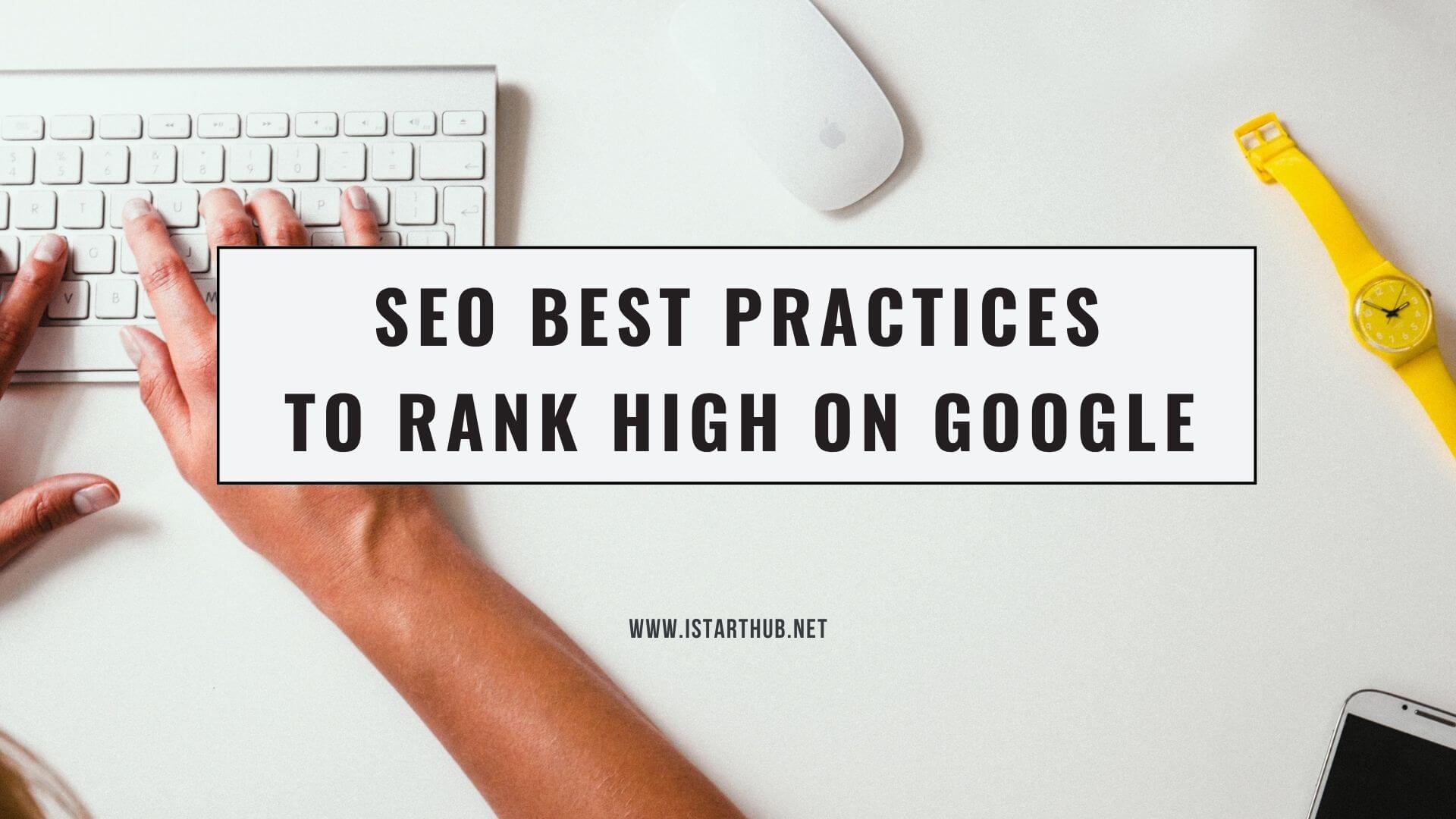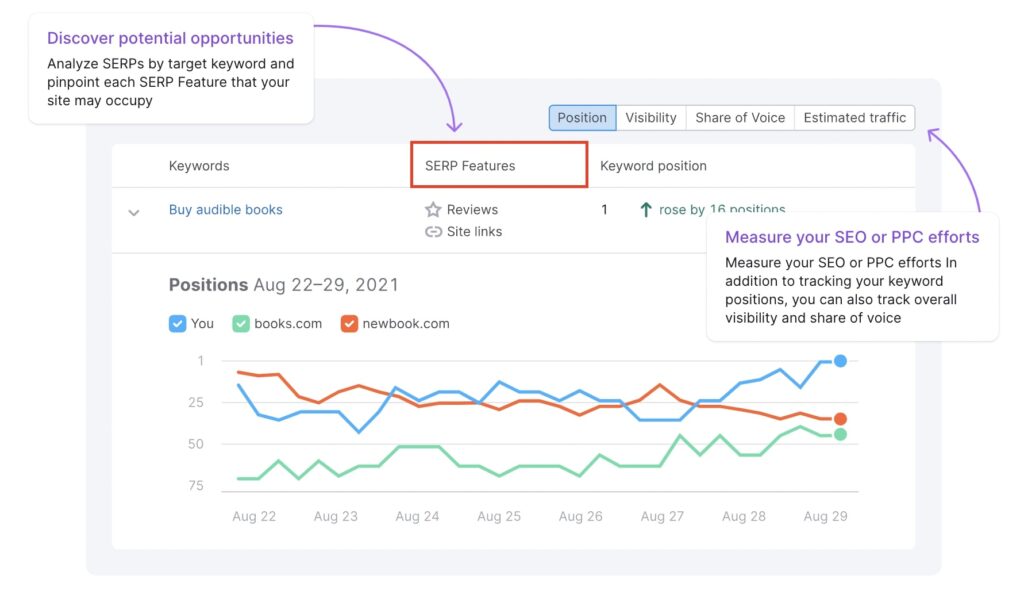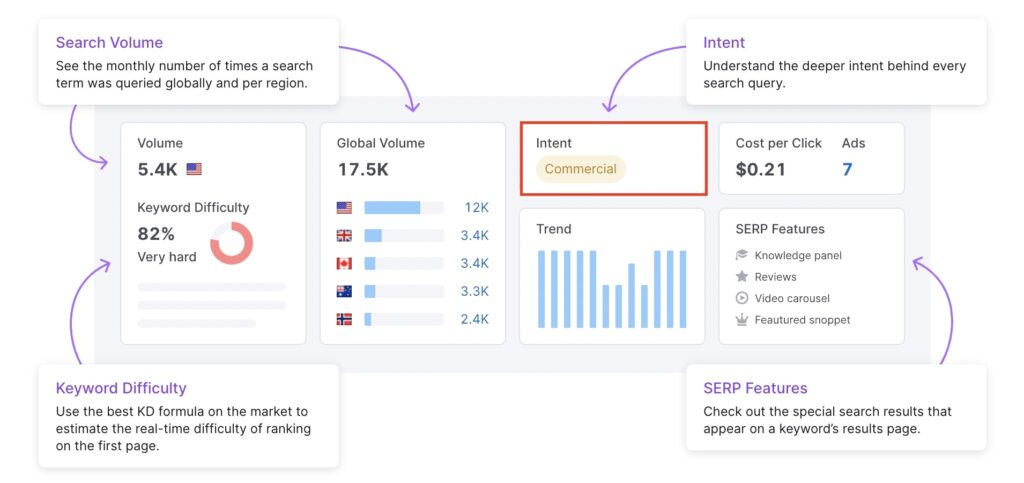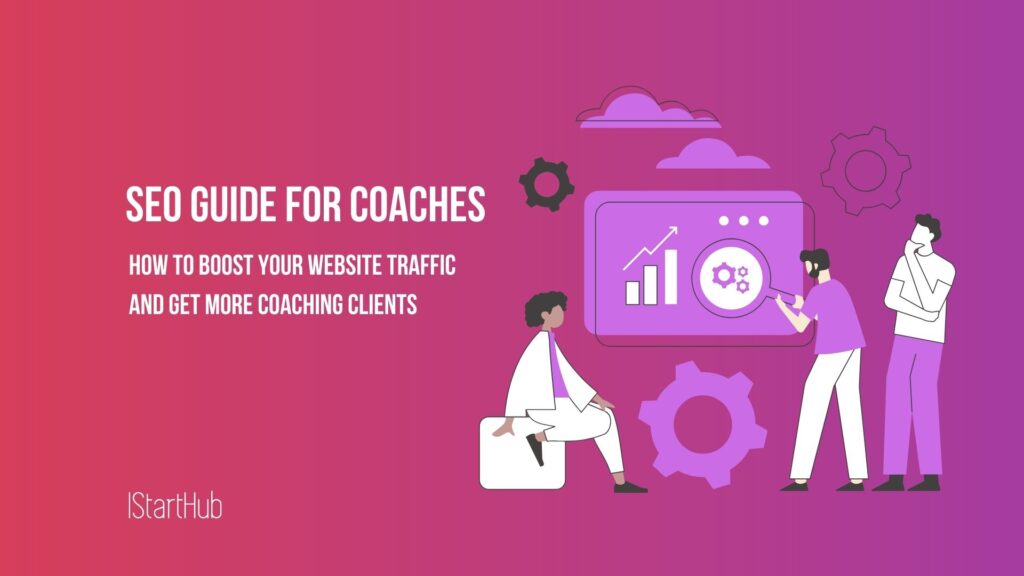Now Reading: SEO Best Practices 2023: An Ultimate Guide
- 01
SEO Best Practices 2023: An Ultimate Guide
SEO Best Practices 2023: An Ultimate Guide

Are you ready to boost organic traffic in 2023? You are in the right place.
In this guide, I’ll focus on SEO best practices 2023. Whether you’re an experienced blogger or just starting your entrepreneurial journey, get ready to turbocharge your online presence and captivate your audience.
What’s the secret sauce to ranking higher on search engines?
What impacts the Google ranking algorithm?
Let’s explore the SEO strategies that will skyrocket your success.
[lwptoc]SEO Best Practices 2023
SEO Best Practice 1: Featured Snippets
Featured Snippets are the crown jewels of search results, providing concise answers to user queries. They occupy the “position zero” and can steal clicks from even the top-ranking results.
So, how can you secure your spot in the coveted Featured Snippet box?
Keyword research is key!
You should focus on keywords you already rank for and those with existing Featured Snippets.
My number one keyword research tool is Semrush. It’s not just good. It’s exceptional.
Semrush Featured Snippet report provides insights on the number of your target keywords that have obtained featured snippets, your website’s existing featured snippet count, and the potential opportunities.
Here are some other of my favorite Semrush features:
- Keyword Difficulty. I don’t waste time targeting keywords that are way out of reach.
- Search Volume Insights. It helps me to prioritize keywords that align with my goals.
- Trends. I always have access to trends to adjust my content strategy accordingly. It’s like having a crystal ball for SEO.
- Missed Opportunities. Can you imagine, it shows the gaps in my keyword strategy? Pure gold!
- Content Ideas. The number one reason I keep my content fresh and engaging.
- Link-Building. Thanks to Semrush, I never miss link-building opportunities.
How to optimize content for Feature Snippet:
- Craft “Snippet Bait,” a concise 40-60 word content block specifically designed for Featured Snippets.
- Optimize your content format based on the type of Featured Snippet you’re targeting, whether it’s a paragraph, list, or table snippet.
SEO Best Practice 2: Core Web Vitals
Keeping up with Google’s ever-evolving algorithms is crucial. Core Web Vitals, introduced as a ranking factor in 2021, have emerged as a game-changer.
These are three vital web page experience metrics:
- Largest Contentful Paint
- First Input Delay
- Cumulative Layout Shift
According to Google, these metrics directly impact rankings.
However, Google clarifies that Core Web Vitals are not a make-or-break ranking factor, but why take chances? Optimizing your site’s Core Web Vitals is a proactive step every entrepreneur should consider.
The first step is to assess your website’s performance through the Google Search Console’s Core Web Vitals report.
How to improve Core Web Vitals?
Optimize Page Speed
- Compress images
- Minimize JavaScript and CSS: Reduce unnecessary code and use minification techniques to decrease file sizes.
- Leverage browser caching
Reduce Server Response Times:
- Choose a reliable hosting provider
- Use Content Delivery Networks (CDNs) to distribute your website’s content across multiple servers globally, reducing the physical distance between your website and users.
Minimize Render-Blocking Resources
- Asynchronously load JavaScript
- Optimize CSS delivery
Eliminate Cumulative Layout Shift (CLS)
- Set image dimensions to prevent content from shifting as images load.
- Avoid intrusive interstitials such as pop-ups that disrupt user interactions and can cause layout shifts.
Consider Lazy Loading
- Implement lazy loading for images to reduce initial page load time.
Utilize Efficient Fonts and Typography
- Choose web-safe fonts to prevent font-related delays.
- Minimize font loading
SEO Best Practice 3: Google Passage Ranking
In 2020, Google introduced “Passages,” a new search technology that can significantly affect search results.
Why is Google Passage Ranking important? It allows Google to rank specific sections of a page, rather than just the whole page. This development will impact 7% of all searches.
Passages enable Google to assess the relevance of a specific section of a page, not just the entire content.
However, Google emphasizes they still evaluate entire pages, so traditional SEO factors remain significant.
How to optimize content for Passage Ranking?
To optimize for Passage Ranking, you must structure your content into discrete sections and provide valuable, organized information.
SEO Best Practice 4: Visual Search
Visual search is on the rise. Google Lens has already been used a staggering one billion times, and Pinterest receives 600 million visual searches monthly. Visual search technology has become incredibly efficient, recognizing billions of objects. Users love visual searches for shopping, directions, translations, and more.
How to optimize content for visual search
- Ensure your website is mobile-friendly, as most visual searches are made from mobile devices.
- Implement traditional image SEO techniques, such as optimizing image filenames and alt text.
- Content-rich pages tend to perform well in visual search results, so ensure your pages have substantial text content.
SEO Best Practice 5: Video Content
Video content is dominating online traffic and user demand. In 2023, it constituted 82% of all online traffic. The growth of video content is undeniable, with 43% of people wanting even more video content.
To follow this trend, consider creating SEO-optimized YouTube videos. YouTube is already the world’s second-largest search engine and continues to grow.
YouTube videos will not only boost your SEO but also increase your share of Google’s search results.
Embedding videos within your blog posts can improve user engagement and reduce bounce rates. The integration of video into your content strategy is a smart move.
SEO Best Practice 6: E-A-T
Domain Authority (DA) has evolved. It’s no longer solely about backlinks. Today it is all about Expertise, Authoritativeness, and Trustworthiness (E-A-T).
Google values reliable sources and cites E-A-T as a critical ranking signal.
To boost your site’s E-A-T, you must be an expert in your field or hire experts to create content.
Transparency is crucial, including having a thorough about page, contact page, references, and author bylines.
Getting cited by other trusted websites is essential.
External mentions and associations with authoritative sources in your niche enhance your website’s reputation.
Though building your E-A-T is a gradual process, it is a worthwhile investment for long-term SEO success.
SEO Best Practice 7: Search Intent
Search Intent is a critical aspect of modern SEO. Content that aligns with user intent ranks higher.
The main types of search intent are the following:
- Informational search intent
- Navigational search intent
- Transactional search intent
- Commercial search intent
How to understand search intent and optimize content
The first step is to identify the intent behind each keyword you target. Sometimes it’s evident from the keyword itself, but often you need to analyze it.
Semrush search intent tool helps a lot with it. In fact, it is a total game changer that allows you to create new content and optimize the old one.
Once you understand intent, create content that precisely matches it. Whether informational, transactional, or navigational, focus on providing the exact solution or information searchers ask for.
SEO Best Practice 8: Improve organic CTR
The click-through rate (CTR) in organic search results has declined over the years.
How to improve CTR
- Include your target keyword in the URL. Research shows that keyword-rich URLs receive 45% more clicks.
- Utilize emotional titles but avoid overusing power words, which can deter clicks.
- Write original and compelling meta descriptions for every page, as this can increase CTR by approximately 6%.
SEO Best Practices FAQs
SEO vs. SEA – What is the difference?
SEO stands for Search Engine Optimization. It is about organic, unpaid strategies to improve website visibility.
SEA stands for Search Engine Advertising or PPC – Pay-Per-Click. It is paid advertising to appear at the top of search results.
Here are the differences between SEO and SEA:
1. Nature of Traffic:
- SEO brings in free, organic traffic from users who find your website while searching for relevant keywords.
- SEA is about creating and running paid ads that appear at the top of search engine results pages (SERPs) when users search for specific keywords.
2. Time to Results
- SEO is a long-term strategy and takes several months to rank well for competitive keywords and build authority.
- SEA provides immediate results.
3. Sustainability:
- SEO efforts can lead to long-term traffic growth as your website’s authority and credibility increase.
- SEA provides immediate results, but once you stop running ads the traffic drops.
4. Trust and User Behavior:
- Organic search results are considered more trustworthy by users.
- Users often understand they click on ads in paid search results, which can affect their perception of the content.
What are SEO strategies?
What does SEO stand for in marketing? In marketing, SEO stands for “Search Engine Optimization.” The primary goal of SEO in marketing is to improve a website’s visibility in search engines like Google, Bing, and Yahoo, thereby increasing organic (non-paid) traffic to the site. This increased visibility can lead to higher website traffic, better brand visibility, and potentially more sales or conversions. SEO strategies are a set of techniques and approaches used to optimize a website’s visibility in search engine results pages.
How to ensure accurate SEO rank tracking?
Accurate SEO rank tracking is crucial for any website to monitor its performance in search engine results pages. To achieve accurate SEO rank tracking, consider the following best practices:
- Use reliable rank-tracking tools such as Semrush, Moz, or Google Search Console.
- Track the rankings to gauge your SEO performance.
- Continuously monitor your keyword rankings. SEO is dynamic, and rankings can change frequently. Regular tracking helps you spot trends and identify areas for improvement.
- If your website serves specific geographic regions, use localized tracking to monitor keyword rankings in those areas.
- Monitor the rankings of your competitors for the same keywords. This can provide insights into your competitive position and help you adjust your SEO strategy.
- Track your keyword rankings on mobile devices. Google considers mobile-friendliness in rankings.
- Check Multiple Search Engines. While Google is the most widely used search engine, don’t forget to track rankings on other search engines like Bing and Yahoo.
- Focus on Featured Snippets and SERP Features. These can impact your click-through rates and visibility.
- Integrate your SEO rank-tracking tools with Google Analytics to correlate rankings with traffic and conversions.
Sum Up
In 2023, the SEO is both challenging and full of opportunities. It’s a realm where creativity meets analytics, and staying ahead of the curve is the key to success.
One thing remains abundantly clear about SEO: adapting to shifts is paramount. So, go ahead, implement these SEO best practices 2023, and watch your Google traffic grow.
Tetiana is a business coach and owner of IStartHub, a business media for ambitious female entrepreneurs and small business owners.


















